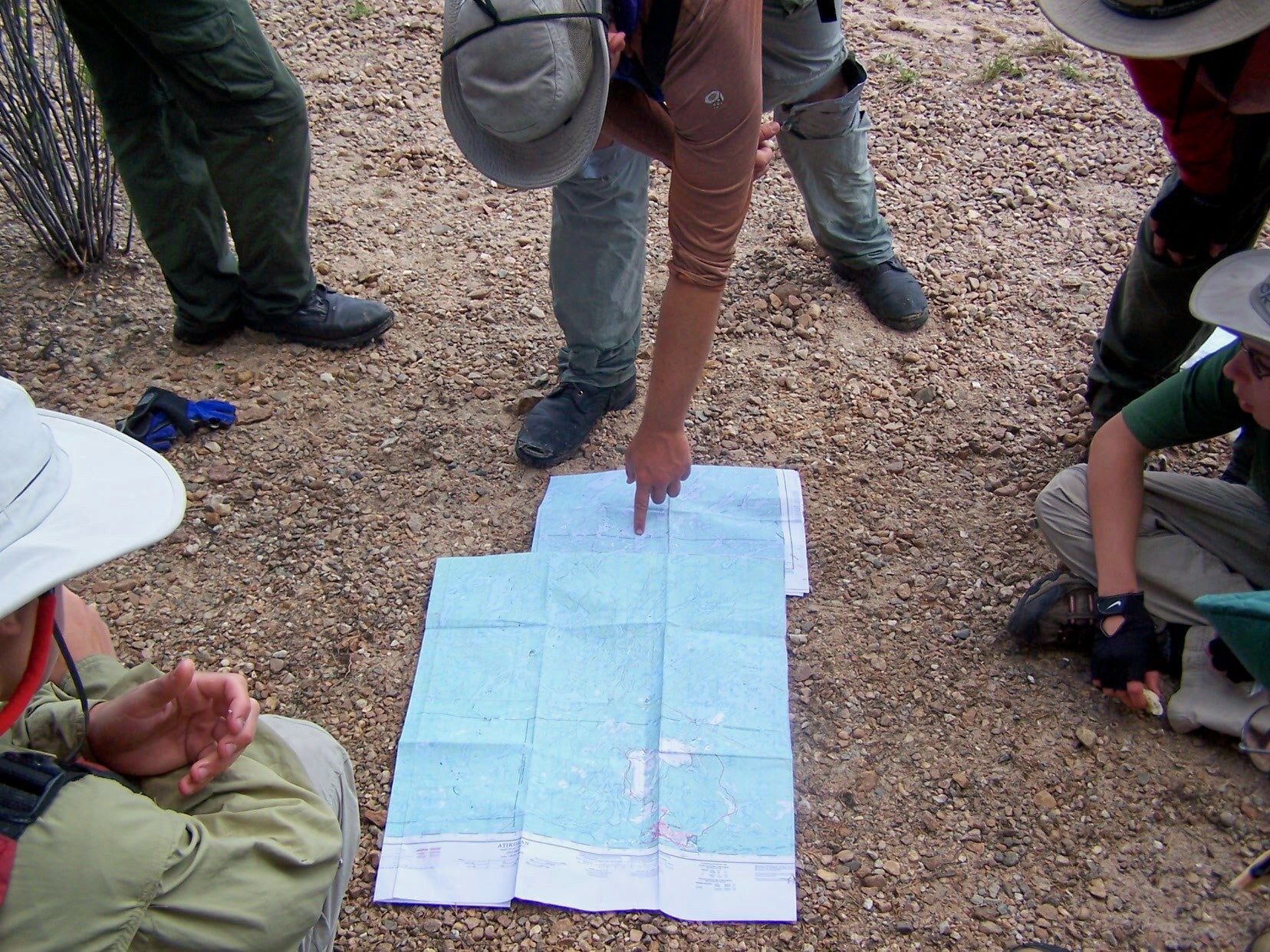Using the stars to find your way in the outdoors
Published 1:11 pm Thursday, March 16, 2017
By Daniel Leathers
Outdoors columnist
The miles have gone by with ease and you’ve been enjoying the scenery while walking in the woods. You did all of the right things. You brought food, water, some extra socks, rain gear, matches, map and compass, and a few other basic items. When you sat out this morning on this day hike, you felt good about your level of preparedness and that you were following the rules. True, you didn’t know how to use the compass or read the map, but how hard could it really be? After all, the needle always points north and you’ve been reading road maps for years. Besides, you’d be on a trail and you can’t get lost if you stay on the trail….right?
There are so many people that get “turned around” every year on trails in the United States. Most get out okay and we never hear about it even if there is a search team that has to go out. We only hear about the deaths or the “exciting” rescues where daring men and women fight the elements to rescue a hiker off the side of a mountain during a storm or a hunter above the tree line in a valley far away from where he should have been.
But people get lost regularly. Many of them have food and water, but little else. A few have the right items for survival, but have no idea how to use them. Most figure they’ll be on a trail and have no need to worry.
Knowledge of how to use the equipment you have is one of the most important things. If you don’t know how to use it, then it’s just extra weight. Take time to seek out a class on map and compass use and land navigation. There are also other methods you can use to find your way when lost or just to verify that you’re going in the right direction.
One of the easiest and most fun to play with is the watch method. There are two very important pieces of equipment you will need. One you have control over, the other you don’t. You need an analog watch (or know where the hands would be on one) and the sun. Point the hour hand toward the sun. The North-South line is halfway between twelve and the hour hand. To know which way is North, just remember that the sun is in the east prior to noon and the west after. The only variance is if it is daylight savings time and then the line lies between the one and the hour hand.
Using the stars is an ancient method, but not surprisingly most people have difficulty identifying the needed constellations or even the North Star. The North Star is less than one degree off true north and never moves from its location in the night sky. The North Star is in the group of stars called the Little Dipper. It is the last star in the handle of the dipper. There are two stars in the Big Dipper, which are a big help when trying to find the North Star and are called Pointer Stars. Merely draw an imaginary line through the Pointer Stars to the end of the Little Dipper and you have the North Star. There are many stars brighter than the North Star. Folklore would have you believe that the North Star is the brightest in the sky, but this is simply not true.
There are literally hundreds of ways to find your way using what is known as bushcraft methods. Most, though, depend on clear skies. A few do not and are not as dependable unless you are fully trained in their methods. There are numerous courses on field expedient methods of navigation. I encourage you to seek one out and get to know how to find your way. However, let this be a back up method. Learn to use a map and compass. Knowing how to find the directions does you no good if you don’t know the direction you need to go.
As you venture out into the woods this season, remember this: Go Prepared and Be Aware. There are many ways to enjoy your personal and family time. No matter how you choose to spend your time this season, don’t leave the outdoors out. Make it a part of every season.





